- Researchers at KIT and their Canadian partners have made progress in developing low-cost photoreactor modules for efficient production of hydrogen, fuels, and drinking water using artificial photosynthesis.
- The modules consist of microstructured polymer panels coated with aluminum to optimize the operation of the photocatalyst. Lab-scale demonstrations were successful.
- Cost-effectiveness is achieved by using inexpensive materials and geometries. The estimated cost for a square meter of a module is $22. Mass production and development of a water decomposition photocatalyst are ongoing.
Efficient production of hydrogen, fuels, and even drinking water on roofs or in solar parks—this is what researchers of Karlsruhe Institute of Technology (KIT) and their Canadian partners want to achieve with low-cost photoreactor modules. Now, they have reached major progress.
They report their results in Joule.
Artificial photosynthesis means that chemical reactions are carried out with the help of sunlight. As in nature, photons are absorbed by a photocatalytically active material and their energy is used to directly push a chemical reaction. “Meanwhile, various photocatalysts are known. They can be applied to decompose water into hydrogen and oxygen or to produce climate-neutral fuels from water and carbon dioxide,” says Paul Kant from KIT’s Institute for Micro Process Engineering (IMVT).
So far, this technology has mainly been used in the lab, because costs of solar hydrogen production have been much too high. Now, the team has reached decisive progress with its concept of highly efficient photoreactor panels that can be inserted into inexpensive modules.
Kant believes that wide use of such novel photoreactor modules for the production of hydrogen or fuels on roofs or in solar farms might be one of the big technological chances of humankind in fighting the climate crisis. “This may make the use of fossil energy carriers superfluous.” Kant directed the research activities while working on his doctorate with Professor Roland Dittmeyer at IMVT.
They are embedded in the Helmholtz Program Materials and Technologies for the Energy Transition.
Optimized reactor concept for the mass market
An efficient photoreactor module for practical use must essentially consist of two components: A suitable photocatalyst that drives the chemical reaction and a photoreactor that contains the photocatalyst and the feedstocks for the chemical reaction. “In the ideal case, the photoreactor should guide the incident sunlight to the photocatalyst with hardly any losses, no matter where it comes from or where the sun is currently positioned,” Kant explains.
“Moreover, the photoreactor’s structure and material must ensure optimum operation of the photocatalyst, such as the right temperature or intensity when light is absorbed.” The photoreactor concept presented by the team addresses this double challenge: It consists of microstructured polymer panels coated with aluminum to achieve a high reflectivity. It also provides for optimum operation conditions and ensures efficient transportation of light to the photocatalyst over the course of the day. The researchers have developed the system with the help of computer-aided geometry optimization and a photocatalytic model system. First demonstration on the lab scale met with success.
Cost reduction thanks to inexpensive modules
Based on a general guideline developed by the researchers after a detailed analysis of their reactor concept, future photoreactor modules can now be designed easily to reach maximum efficiency for a variety of applications. A high chemical reaction efficiency, however, is only one requirement that has to be met before artificial photosynthesis can be established as an efficient technology.
To produce relevant product quantities, extremely large surfaces have to be covered by photoreactor panels. “To reduce costs, we use inexpensive materials and geometries that can already be produced in series,” Kant says. According to the researchers’ first estimates, a square meter of a photoreactor module costs about $22.
Now, the teams of Anselm Dreher at IMVT and Professor Geoffrey Ozin in Toronto are developing a photocatalyst that efficiently decomposes water into hydrogen and oxygen. It will be integrated in the photoreactors presented.
Moreover, mass production of the panels is being studied at the moment.
—
Publication Referenced in the Article:
Paul Kant et al, Low-cost photoreactors for highly photon/energy-efficient solar-driven synthesis, Joule (2023). DOI: 10.1016/j.joule.2023.05.006.
This article has been adapted from source material published by Karlsruhe Institute of Technology.




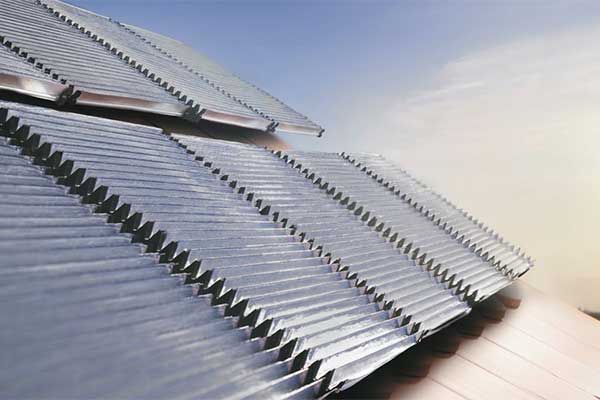


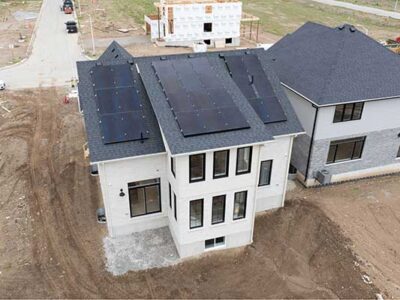
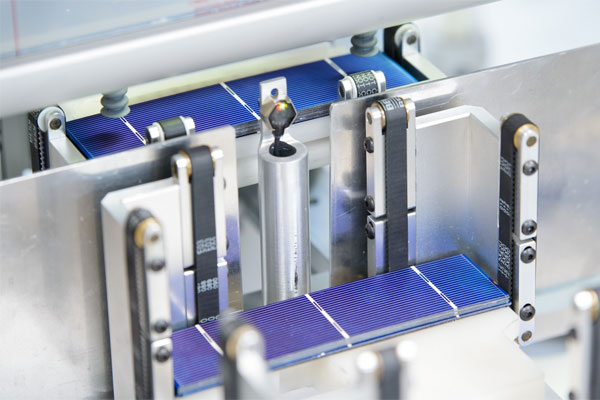
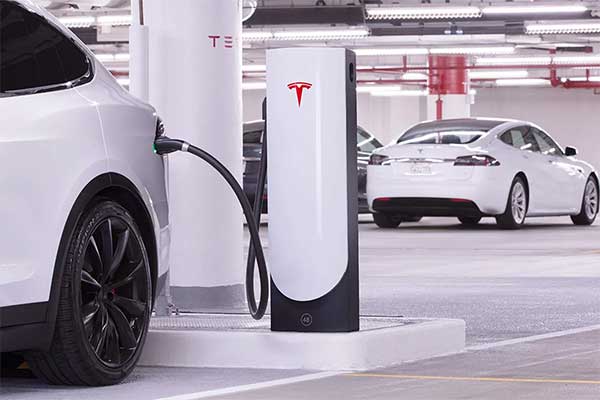
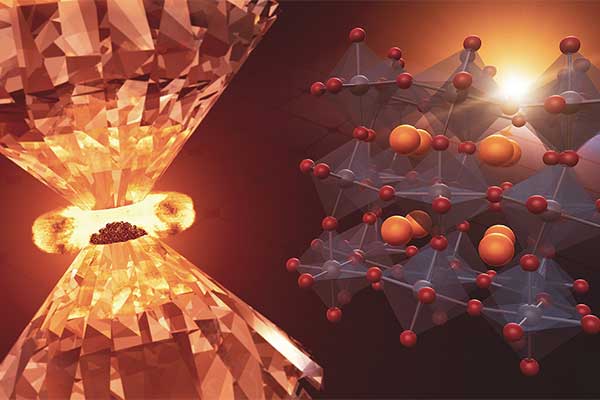



Comments